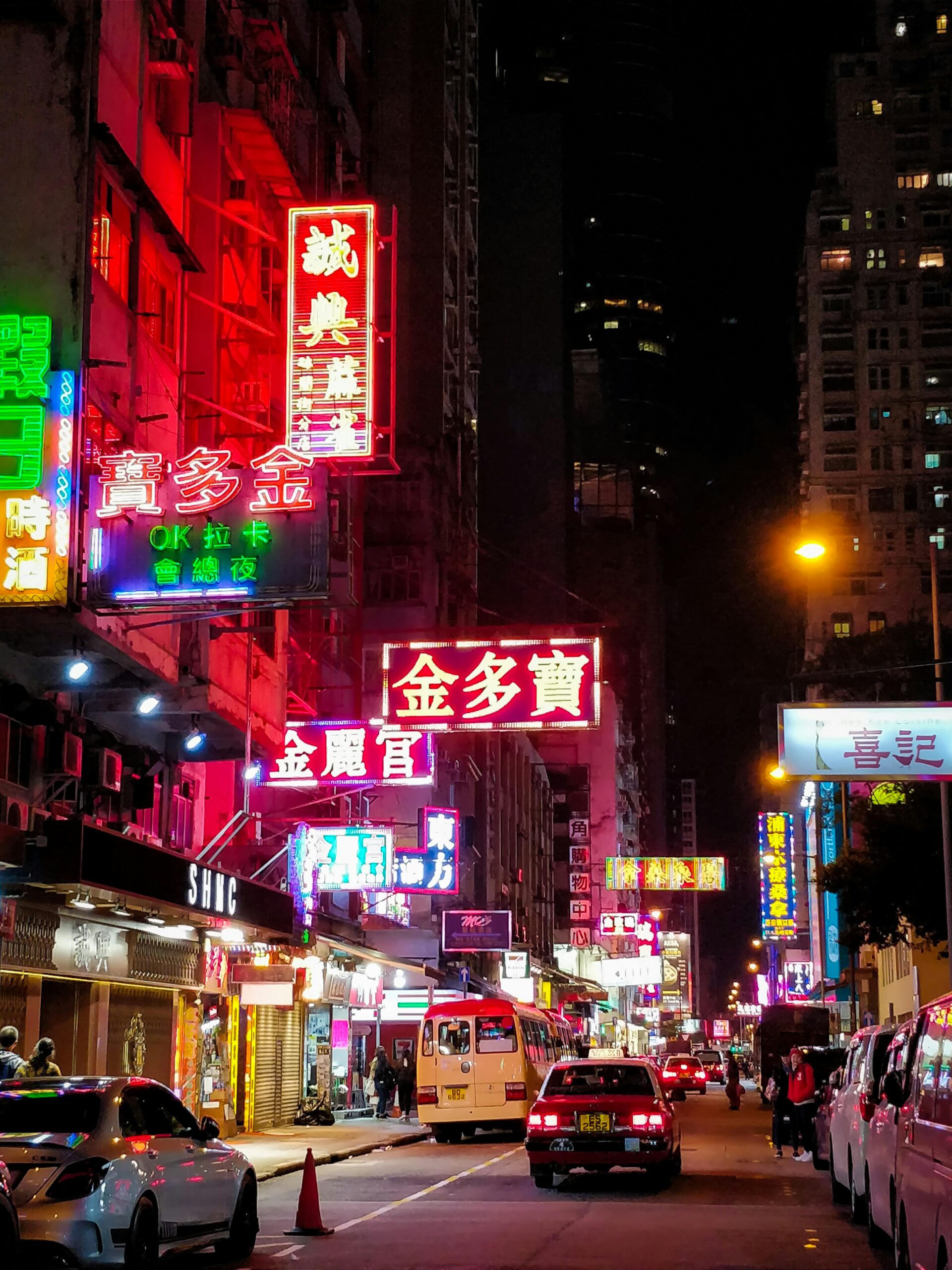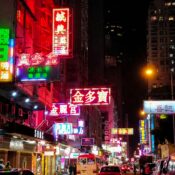
China: Culture, Traditions & Identity
Culture & Heritage
China, one of the world’s oldest civilizations, boasts a rich and vibrant culture with a history spanning over 5,000 years. Its culture has shaped and been shaped by major dynasties, philosophies, and a wide range of traditions. As one of the world’s most populous countries, China’s culture is diverse, yet united by shared values, beliefs, and practices rooted in the nation’s historical journey and its deep connection to the land.
Arts & Literature
China has a rich literary heritage, with notable works like the Four Great Classical Novels of Chinese literature — Journey to the West, Water Margin, Romance of the Three Kingdoms, and Dream of the Red Chamber — which have influenced Chinese storytelling for centuries. The philosophical works of Confucius, Laozi, and Sun Tzu have also shaped Chinese thought, especially in areas like ethics, governance, and military strategy.
In visual arts, China is known for its distinctive painting styles, such as ink wash painting, which dates back to the Tang Dynasty. Chinese calligraphy is highly esteemed, seen as an art form that blends language with aesthetic expression. Sculpture, particularly from ancient dynasties like the Terracotta Army of the Qin Dynasty, showcases the country’s deep spiritual and artistic legacy.
Music & Dance
Traditional Chinese music is characterized by instruments such as the guqin (a zither-like instrument), pipa (a lute), and the erhu (a two-stringed bowed instrument). Chinese opera, particularly Peking Opera, is one of the oldest and most influential performance arts in the world, featuring elaborate costumes, acrobatic movements, and stylized singing.
Chinese dance also holds a rich tradition, with classical dance often reflecting themes from Chinese mythology and historical events. Folk dances, like the Dragon Dance and Lion Dance, are performed during festivals, such as Chinese New Year, and are believed to bring good fortune and drive away evil spirits.
Cultural Symbols
- The Great Wall of China is one of the most recognizable symbols of Chinese history and culture, representing strength, perseverance, and the defense of the Chinese empire.
- The Chinese dragon symbolizes power, strength, and good fortune, often seen during celebrations like Chinese New Year.
- The Chinese flag, with its five stars and red background, represents the unity of the Chinese people under the leadership of the Communist Party, with the stars symbolizing the four social classes and the Party itself.
- The Giant Panda, endemic to China, is also an internationally recognized symbol of China’s commitment to conservation and wildlife preservation.
Traditions & Daily Life
Chinese daily life is deeply influenced by traditions that blend ancient customs with modern practices. From family life to food, China’s traditions center around respect for elders, the importance of harmony, and a deep connection to one’s cultural roots.
Work & Lifestyle
China is a global powerhouse in terms of manufacturing, trade, and technology. In urban areas, the workforce is highly engaged in industries such as electronics, automotive manufacturing, information technology, and finance. China’s large cities, like Beijing, Shanghai, and Shenzhen, are economic hubs, characterized by rapid development, skyscrapers, and a growing middle class.
In rural areas, agriculture is still vital, with rice, tea, soybeans, and wheat being essential crops. The country has undergone significant industrialization, but traditional farming practices and rural lifestyles remain an important aspect of Chinese culture.
Celebrations & Holidays
- Chinese New Year (Spring Festival) – The most significant holiday in China, marked by family reunions, dragon dances, fireworks, and the giving of red envelopes with money (lucky money). This holiday celebrates the arrival of spring and the start of the lunar new year.
- Mid-Autumn Festival – Celebrates the harvest and the moon, marked by mooncakes, family gatherings, and storytelling. It is one of the most important traditional festivals.
- National Day (October 1st) – Commemorates the founding of the People’s Republic of China in 1949, marked by grand celebrations and parades.
- Qingming Festival (Tomb Sweeping Day) – A time for families to honor their ancestors by cleaning gravesites and making offerings.
Other regional holidays include the Dragon Boat Festival, celebrated with races and eating zongzi (sticky rice wrapped in leaves), and Laba Festival, a time for family and ritual offerings.
Food Culture
Chinese cuisine is one of the most diverse and rich culinary traditions in the world. It varies greatly by region, with different provinces having their own specialties, cooking techniques, and flavors. Key elements of Chinese cuisine include rice, noodles, vegetables, meats, and a balance of sweet, sour, spicy, salty, and umami flavors.
- Dim sum – Bite-sized portions served with tea, originating from Cantonese cuisine.
- Peking duck – A famous dish from Beijing, known for its crispy skin and tender meat, served with pancakes and hoisin sauce.
- Hotpot – A communal dish popular in regions like Sichuan, where diners cook various ingredients in a simmering pot of broth.
- Sweet and sour pork – A classic Chinese dish that combines a balance of tangy and savory flavors.
- Noodles – An essential part of Chinese cuisine, served in various forms, including wonton noodles, chow mein, and hand-pulled noodles.
- Tea – Tea culture in China is incredibly important, with green tea, black tea, and oolong tea being some of the most commonly consumed varieties. Chinese tea ceremonies are a significant part of hospitality and tradition.
Food plays an important role in Chinese culture, symbolizing abundance, good health, and happiness.
Community & Social Life
Family is at the core of Chinese society, with an emphasis on filial piety — respect and care for one’s parents and ancestors. Elders are deeply respected, and multi-generational families often live together, especially in rural areas. In cities, family gatherings are still common during holidays and celebrations.
Friendship and community are also highly valued, with social gatherings often centered around shared meals, traditional tea drinking, or participating in festivals. The importance of maintaining harmony and avoiding direct confrontation in social interactions is a fundamental aspect of Chinese social life.
Language & Religion
Language
China has one of the most linguistically diverse populations in the world. The official language is Mandarin Chinese (Putonghua), which is spoken by the majority of the population and is the standard for government, education, and business.
In addition to Mandarin, there are many other languages and dialects spoken across the country, including Cantonese, Shanghainese, Hakka, and Tibetan. Chinese characters, or hanzi, are used in written language, and pinyin is the romanization system used to transcribe Mandarin sounds.
Religion
China is officially secular, but it has a long and varied religious history that includes Confucianism, Taoism, Buddhism, and traditional folk religions.
- Confucianism is a philosophical system that has shaped Chinese ethics, social structures, and governance for centuries. It emphasizes respect for family, social harmony, and moral integrity.
- Taoism is another ancient philosophy and religion, which focuses on living in harmony with the Tao (the natural way of the universe), and emphasizes simplicity, balance, and spontaneity.
- Buddhism arrived in China from India and has become an important part of Chinese religious practice, with many Chinese people adhering to Chinese Buddhism, Chan (Zen) Buddhism, and Pure Land Buddhism.
- Chinese Folk Religion blends practices from Taoism, Confucianism, and Buddhism, with ancestor worship, deities, and spirits playing an important role.
- Christianity and Islam have smaller communities in China, with adherents found primarily in urban areas and among certain ethnic groups.
Religious holidays, such as Chinese New Year and Mid-Autumn Festival, blend ancient beliefs and modern customs, while Buddhist and Taoist festivals continue to be observed by millions across the country.
All Categories
Recent Posts
Guyana: Culture, Traditions & Identity
Australia: Culture, Traditions & Identity
China: Culture, Traditions & Identity
+1 (804) 663 8383
connect@cultureecounters.org



